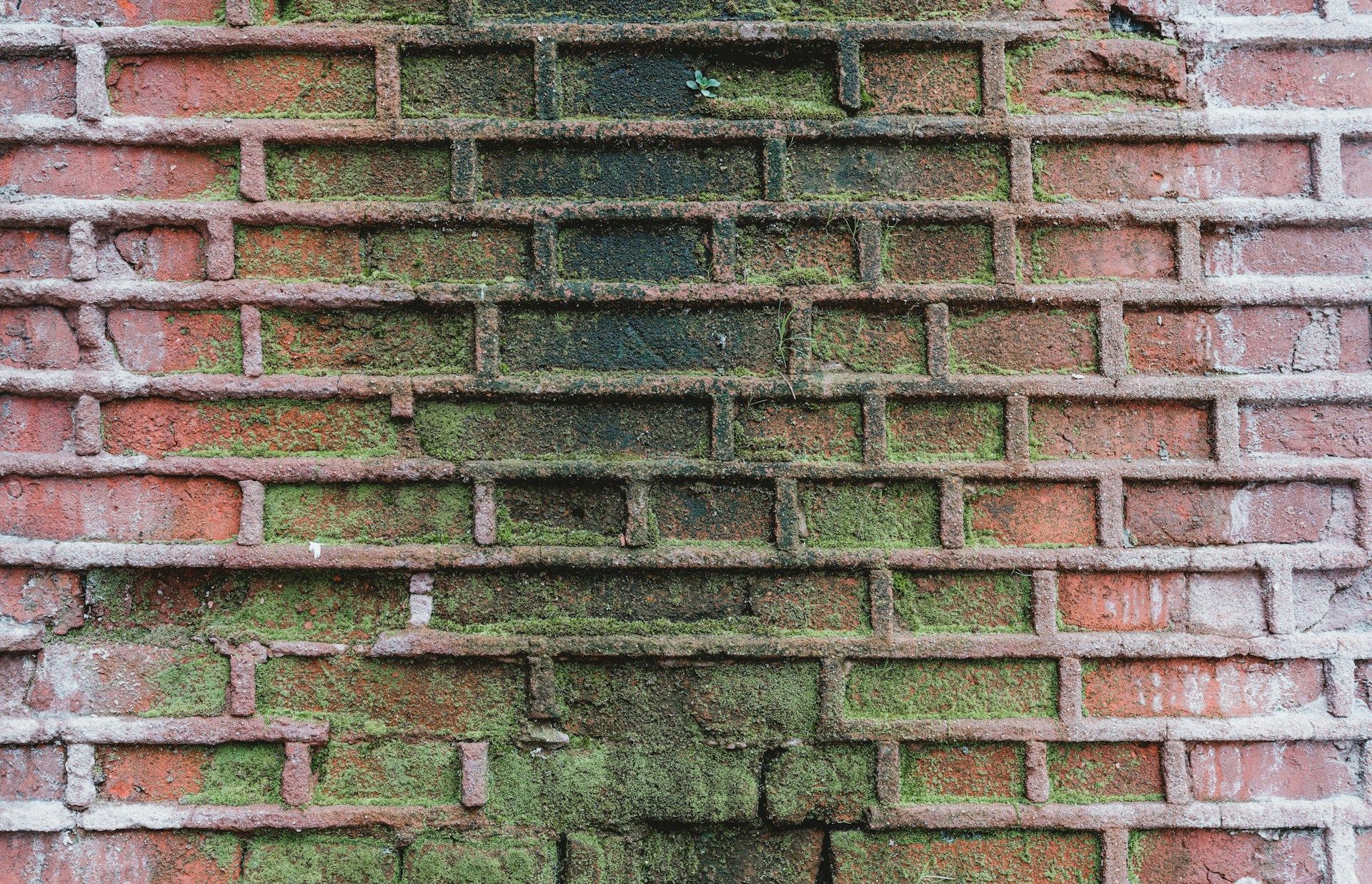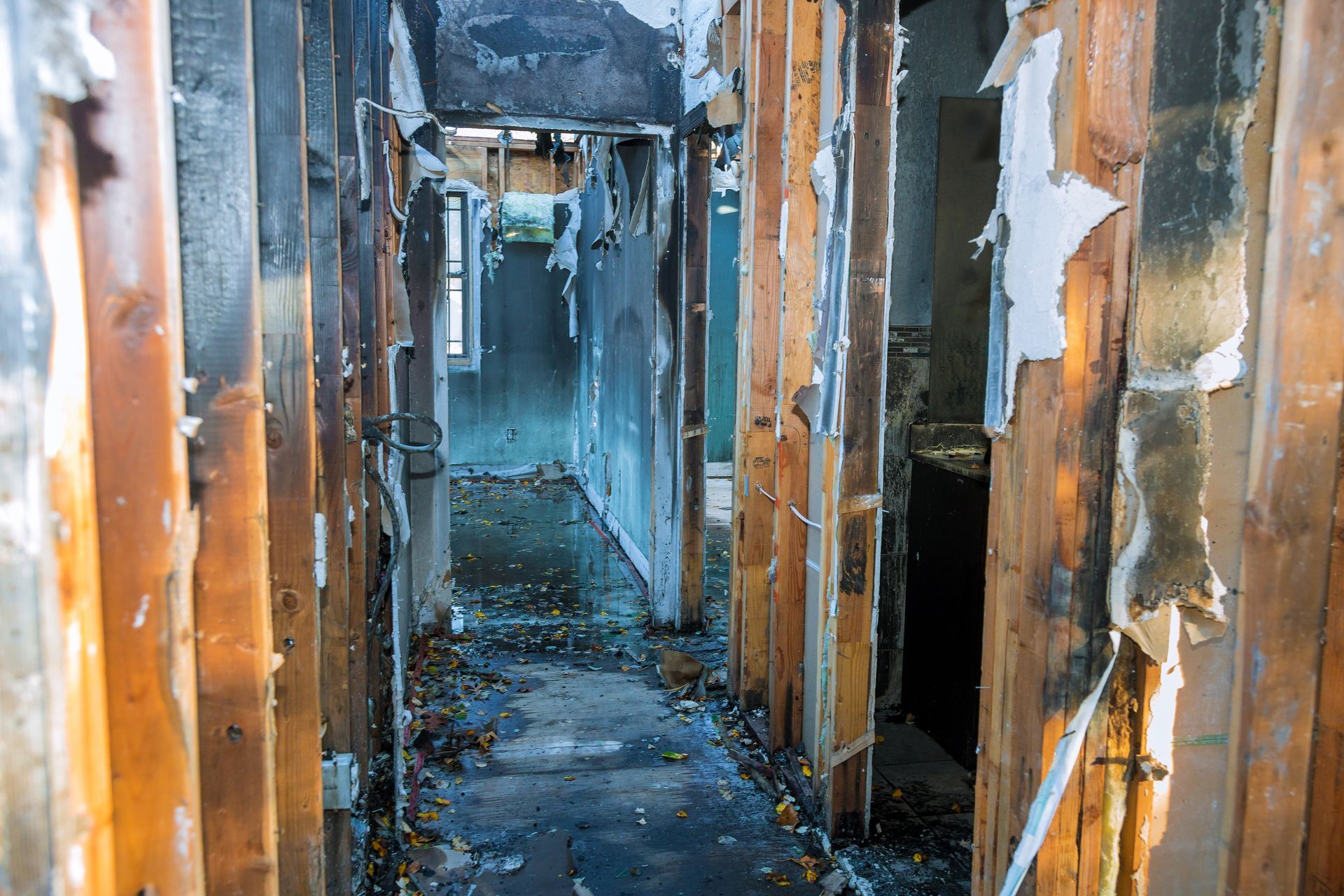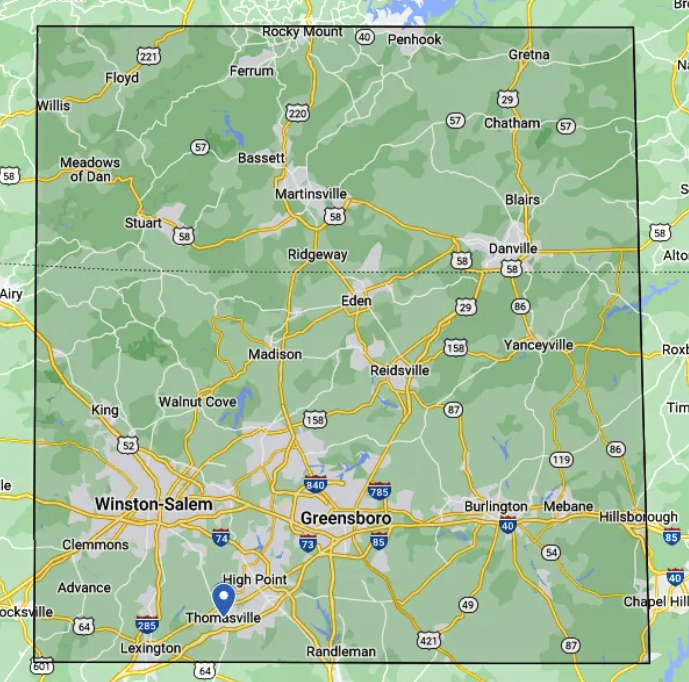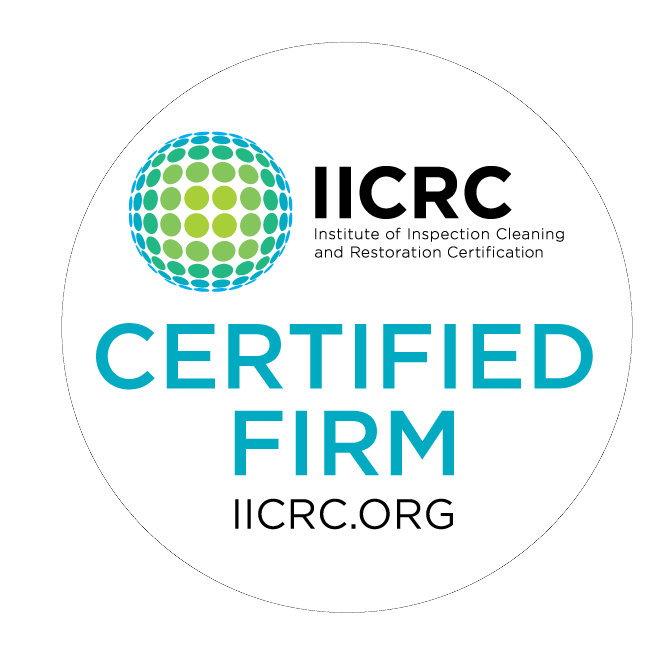5 Signs of Water Damage to Keep an Eye Out for in Your Home
Water damage is a homeowner's silent enemy, often lurking unnoticed until it has caused significant harm to your property. Whether it's a leaky roof, a burst pipe, or flooding due to natural disasters, water damage has severe consequences. It weakens the structural integrity of your home, leads to costly repairs, and even poses serious health risks through the growth of mold and mildew.
The insidious nature of water damage makes it particularly dangerous. Unlike other home issues that immediately demand your attention — like a broken window or a malfunctioning appliance — water damage often progresses quietly, worsening over time. By the time you notice visible signs of water damage, the problem may have escalated to a point where simple repairs are no longer sufficient.
Let’s delve into the signs of water damage to keep an eye out for in your home. From visual indicators to structural signs and even sensory cues, we'll provide a comprehensive guide to help you identify water damage in your home before it becomes a major issue.
Ready to arm yourself with the knowledge you need for effective water damage restoration and to protect your home and your well-being?
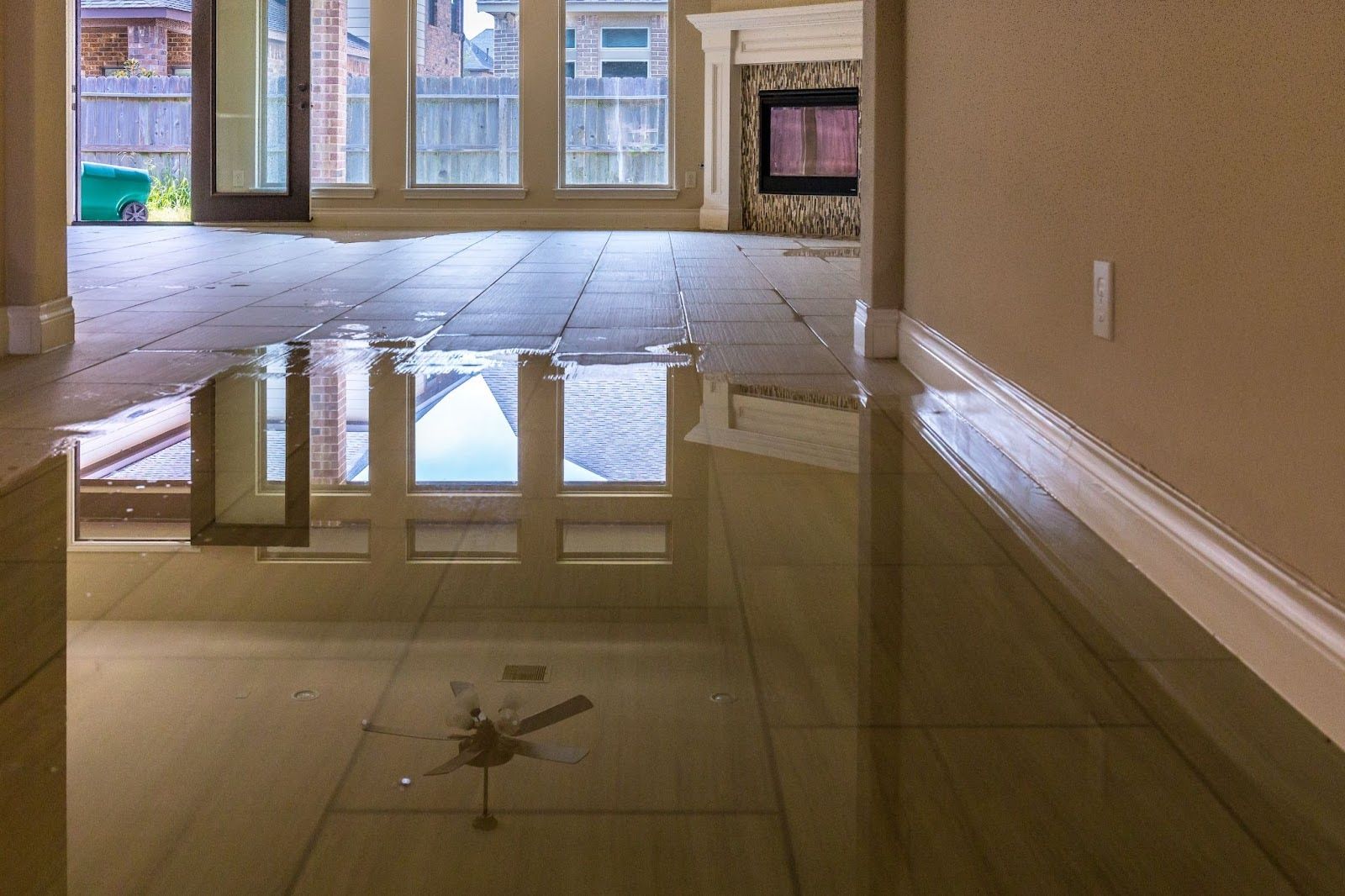
Natural Causes vs. Human-Made Causes
When it comes to water damage in your home, the source is generally categorized into one of two broad types: natural causes and human-made causes.
Understanding the difference between these two will help you take appropriate preventive measures and guide your water damage restoration efforts more effectively.
Natural Causes:
- Heavy Rainfall
- Storms and Hurricanes
- Melting Snow and Ice
Human-Made Causes:
- Leaky Pipes
- Faulty Plumbing
- Blocked Drains
- Household Appliances
- Human Error
So, what are the signs of water damage?
1. Visual Indicators of Water Damage
Visual signs are often the first indicators that water damage is affecting your home. These signs range from subtle changes in the appearance of walls and floors to more obvious issues like mold growth.
Let's explore some of these visual indicators in detail.
Stains and Discoloration
One of the most straightforward signs of water damage is the appearance of stains or discoloration on your walls, ceilings, and floors. These stains are usually yellow or brown and can vary in size. They are often found in areas where water has accumulated over time such as around leaky pipes or windows.
Peeling Paint or Wallpaper
Water-soaked walls cause paint or wallpaper to peel, bubble, or blister. Peeling paint or wallpaper not only ruins the aesthetic of your home but also indicates that immediate action is needed to halt the progression of water damage.
Warped or Buckled Flooring
Excessive moisture has a detrimental effect on most types of flooring. Hardwood floors may begin to warp, while laminate and tile floors can buckle or crack. These are clear signs that water has seeped into the flooring material.
Mold Growth
Mold is a serious concern when it comes to water damage. Dark spots on walls, ceilings, or grout lines may indicate the presence of mold. Mold thrives in damp, humid conditions and poses significant health risks if not addressed promptly.
2. Structural Signs of Water Damage
While visual cues are often the first indicators of water damage, structural signs are equally important but require a more in-depth investigation. These signs are more subtle and don’t always manifest until water damage has reached an advanced stage.
Here are some structural signs to look out for:
Sagging Ceilings and Walls
One of the most alarming structural signs of water damage is sagging ceilings and walls. This occurs when water accumulates in these areas, adding extra weight and causing the material to sag. If you notice any sagging, address the issue immediately. It could lead to a collapse, posing a severe safety risk.
Cracked Foundations
Water damage might significantly impact the foundation of your home. Excessive moisture leads to the soil expanding and contracting, which in turn causes your foundation to crack. These cracks allow water to seep into your home, exacerbating the water damage and leading to potential structural failure.
Doors and Windows that Stick
Another telling sign of water damage is doors and windows that stick or are difficult to open and close. This often occurs when the wooden frames swell due to moisture. While this may seem like a minor inconvenience, it's often an indicator of water damage issues affecting the structural elements of your home.
Floor Separation
In extreme cases, water damage can cause the flooring to separate from the subfloor. This is often noticeable as a "spongy" feeling when walking on the floor or visible gaps between the floor and the baseboards. Floor separation is a severe sign of water damage.
Deteriorating Support Beams
In homes with exposed support beams, especially in basements or attics, you may notice that the beams are deteriorating. This could manifest as rotting wood, rust on metal beams, or even visible mold.
Always consult professionals when you notice any of these signs to get an accurate assessment and appropriate treatment.
3. Sensory Indicators of Water Damage
Sensory indicators often serve as early warnings, allowing you to take preventive measures and initiate timely water damage restoration.
Here are some sensory cues to be aware of:
Musty Odor
One of the most common sensory signs of water damage is a persistent musty smell. Odor is often the result of mold or mildew growth, which occurs in damp and humid conditions. The smell can emanate from walls, floors, or even furniture.
Increased Humidity
A sudden or unexplained increase in indoor humidity is a sign of water damage. High humidity levels make the air feel heavy and may also lead to condensation on windows, mirrors, and other surfaces. While a humid environment may not always indicate water damage, it's a condition that warrants further investigation, especially if it persists.
Unusual Sounds
Sounds like dripping, rushing water, or creaking floors are also indicators of water damage. These sounds are most noticeable when the house is quiet, such as late at night or early in the morning. If you hear such noises, try to locate the source.
Tactile Sensations
You might feel the signs of water damage before you see them. For example, walking on a carpet that feels damp or encountering a wall that feels cold and wet to the touch might indicate water damage.
Trust your senses; if something smells, feels, or sounds off, it's worth taking the time to investigate.

4. Functional Issues and Red Flags
Functional issues are often the most immediate and alarming signs of water damage. These are the issues that demand your attention immediately and usually require action for water damage restoration. Ignoring these signs leads to severe consequences, both structurally and financially.
Here are some functional issues and red flags to be aware of:
- Leaky Faucets or Pipes: While a leaky faucet seems minor, it leads to significant water waste and potential damage over time.
- Pooling Water: Unexplained standing water or puddles are immediate signs of a water issue, such as a leaking appliance or a burst pipe.
- Water Bill Spike: If you notice a sudden increase in your water bill without a corresponding increase in usage, it's essential to investigate for potential leaks.
- Discolored or Contaminated Water: If the water from your faucets starts to appear discolored or has an unusual smell or taste, it could be a sign of a serious plumbing issue that may result in water damage.
- Electrical Issues: Flickering lights, electrical shorts, or outlets that spark could indicate that water has infiltrated your electrical system.
5. Appliance and System Red Flags
Household appliances and systems are integral parts of our daily lives, but they can also be potential sources of water damage if not properly maintained or monitored.
Here's what to look out for:
Water Heater Issues
Water heaters are one of the most common sources of water damage in homes. Signs of potential issues include:
- Leaking or pooling water around the base of the heater
- Rust or corrosion on the tank
- Unusual noises like popping or hissing
- Fluctuating water temperatures
HVAC Problems
Your Heating, Ventilation, and Air Conditioning (HVAC) system might also contribute to water damage, especially the air conditioner unit. Red flags include:
- Water leaks or pooling around the indoor unit
- Musty odors coming from the vents
- Reduced cooling efficiency
- Ice build-up on the evaporator coils
Dishwasher Leaks
Dishwashers can leak due to various reasons such as a damaged seal, a clogged drain, or a malfunctioning door. Signs to watch for include:
- Water pooling at the base of the appliance
- Dishes not cleaning properly
- Unusual noises during operation
Washing Machine Malfunctions
Washing machines are another common source of water damage. Look out for:
- Water leaks during cycles
- Hoses that are cracked, bulging, or show signs of wear and tear
- The machine shaking excessively during operation
Refrigerator Leaks
Refrigerators with built-in ice makers or water dispensers are particularly prone to leaks. Indicators of a problem include:
- Water pooling under the fridge
- Ice build-up in the freezer
- The sound of water constantly running
By staying vigilant and regularly inspecting your home, you can catch early signs of potential water damage. Always consult professionals for regular maintenance and when you notice any of these red flags from these five sections to ensure the longevity and safety of your appliances and systems.
Water Damage Restoration with Pro-Care Restoration
Water damage is a serious threat to your home’s longevity. No one wants to deal with the stressors of cleaning up after the damage done by water. That’s why Pro-Care Restoration is here to help. From doing visual inspections and providing free estimates to doing home reconstruction to return your home to its pre-loss condition, Pro-Care Restoration will be there every step of the way.
Worried your home might be experiencing water damage? Call Pro-Care Restoration at
336-317-3769 or reach out on our
website. Let us help you keep your home healthy.
New Paragraph
Serving North Carolina
& Southern Virginia
Eden, NC
Madison, NC
Yanceyville, NC
Reidsville, NC
Walnut Cove, NC
King, NC
Winston-Salem, NC
Greensboro, NC
Burlington, NC
Mebane, NC
Hillsborough, NC
Clemmons, NC
Advance, NC
High Point, NC
Thomasville, NC
Lexington, NC
Randleman, NC
Rocky Mount, VA
Penhook, VA
Floyd, VA
Ferrum, VA
Gretna, VA
Willis, VA
Chatham, VA
Meadows of Dan, VA
Bassett, VA
Martinsville, VA
Blairs, VA
Stuart, VA
Ridgeway, VA
Danville, VA



